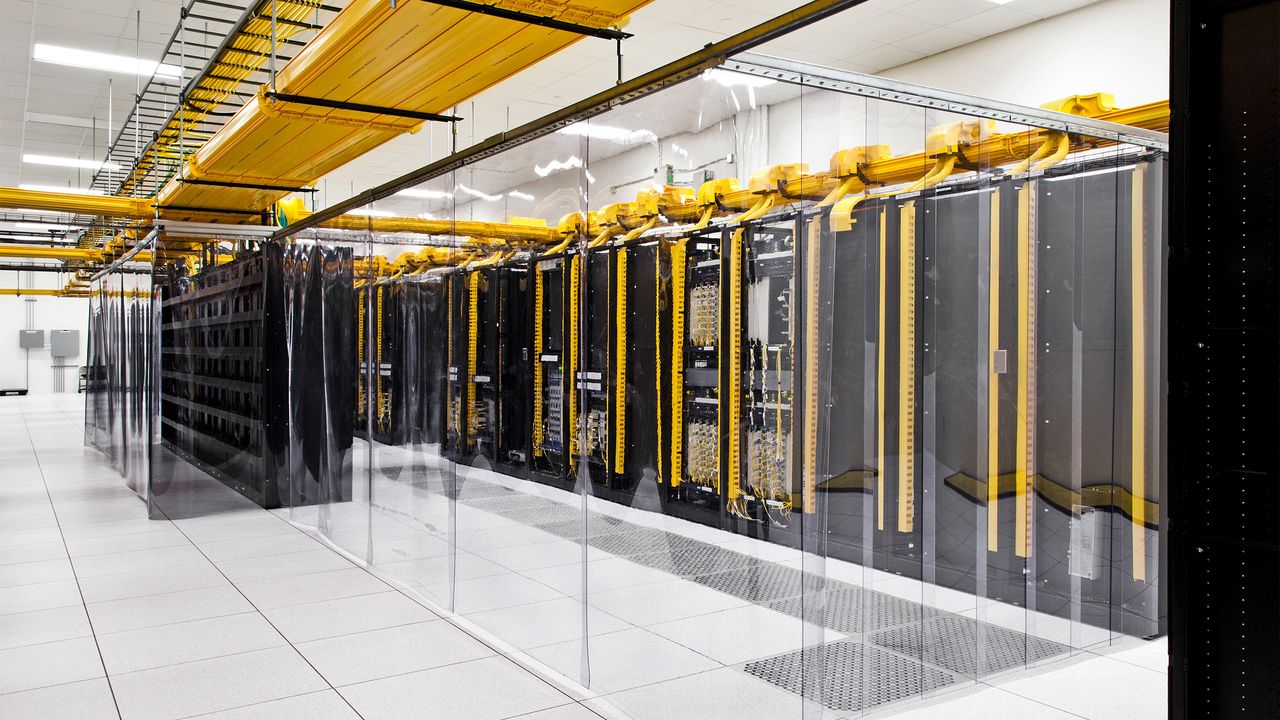cloud computing
Cloud Computing 2025: Expert Insights on Technology and Infrastructure
Gain authoritative analysis on cloud computing’s evolution, with actionable data, technical benchmarks, and real-world deployment strategies for enterprise IT leaders.
Market Overview
Cloud computing has become the backbone of digital transformation, with global public cloud spending projected to reach $723.4 billion in 2025, up 21.4% from the previous year[2][3]. Adoption is accelerating across all organization sizes: over 54% of SMBs now spend more than $1.2 million annually on cloud, and 33% of enterprises exceed $12 million in yearly public cloud investments[2]. According to a recent survey of 680+ C-level executives, 80% believe cloud computing will be critical to their company’s success over the next five years, outpacing even artificial intelligence in perceived importance[3]. Cloud-native architectures, hybrid and multi-cloud strategies, and AI-driven services are now standard, reflecting the demand for agility, scalability, and resilience[1].
Technical Analysis
Modern cloud environments are defined by cloud-native architectures—microservices, containers, and orchestration platforms like Kubernetes. By 2025, over 95% of new digital workloads are expected to be deployed on cloud-native platforms, a dramatic rise from 30% in 2021[1]. AI and machine learning are deeply integrated, with 72% of organizations leveraging generative AI services in their cloud stack[2]. Key service models include Infrastructure-as-a-Service (IaaS), Platform-as-a-Service (PaaS), and Software-as-a-Service (SaaS), each offering distinct flexibility and scalability advantages[3]. Technical benchmarks now focus on container orchestration efficiency, AI workload performance, and cost optimization through FinOps practices. Security remains paramount, with cloud providers offering advanced encryption, identity management, and compliance certifications (e.g., ISO/IEC 27001, SOC 2).
Competitive Landscape
The cloud market is dominated by AWS and Microsoft Azure, with Google Cloud Platform and Alibaba Cloud as significant challengers[4]. AWS and Azure continue to compete on service breadth, global reach, and AI integration. Multi-cloud and hybrid strategies are now the norm, enabling organizations to avoid vendor lock-in and optimize for performance, compliance, and cost[1]. Managed Service Providers (MSPs) are increasingly engaged for cloud management and optimization, reflecting the complexity of modern deployments[4]. Open-source technologies (e.g., Kubernetes, OpenStack) and specialized providers (e.g., Oracle Cloud for regulated industries) offer alternatives for organizations with unique requirements.
Implementation Insights
Successful cloud adoption requires a cloud operating model that integrates FinOps, DevOps, and security best practices. Real-world deployments highlight the importance of cost governance—59% of organizations now have dedicated FinOps teams to manage cloud spend and optimize resource allocation[4]. Migration strategies often involve phased transitions, starting with non-critical workloads and leveraging automation for scalability. Key challenges include legacy system integration, data sovereignty, and skills gaps. Certifications such as AWS Certified Solutions Architect, Microsoft Certified: Azure Solutions Architect Expert, and Google Professional Cloud Architect are increasingly required for technical teams. Best practices include continuous monitoring, automated compliance checks, and regular security audits.
Expert Recommendations
For 2025 and beyond, organizations should prioritize cloud-native development, invest in AI-driven cloud services, and adopt multi-cloud or hybrid strategies to maximize flexibility and resilience[1][3]. Establishing a robust FinOps practice is essential for cost control and value realization. Security must be embedded at every layer, with regular training and certification for IT staff. Leaders should monitor emerging trends such as edge computing, serverless architectures, and industry-specific cloud solutions. The future of cloud computing will be defined by continuous innovation, requiring organizations to remain agile and proactive in their technology strategy.
Recent Articles
Sort Options:

AWS vs. Azure vs. GCP: A Comprehensive Guide to Choosing the Right Cloud Provider
Cloud computing has revolutionized IT infrastructure, offering scalability, flexibility, and cost savings. The article explores the strengths of the top three providers—Microsoft Azure, Amazon Web Services, and Google Cloud Platform—helping businesses choose the right fit for their needs.

China is developing nation-spanning network to sell surplus data center compute power — latency, disparate hardware are key hurdles
China is developing a centralized, state-run cloud platform aimed at linking underutilized data centers across the country to resell surplus computing power, enhancing efficiency and resource management in the tech sector.
_incamerastock_Alamy.jpg?width=1280&auto=webp&quality=80&disable=upscale)
Cloud Repatriation Driven by AI, Cost, and Security
Organizations are shifting from public cloud solutions to a hybrid approach, reflecting significant changes in technology and business needs over the past five years. This trend highlights the evolving landscape of cloud computing and its impact on operational strategies.

Simular Cloud
The article explores the rise of autonomous cloud computing, highlighting its potential to revolutionize industries by enhancing efficiency and decision-making. The authors emphasize the transformative impact of this technology on business operations and future innovations.

Elastic Cloud Serverless now available on Google Cloud in Belgium and Mumbai
Elastic Cloud Serverless is now available on Google Cloud in Belgium and Mumbai, offering rapid scalability for observability, security, and search solutions. Built on innovative Search AI Lake architecture, it ensures high performance with advanced AI capabilities and efficient storage management.